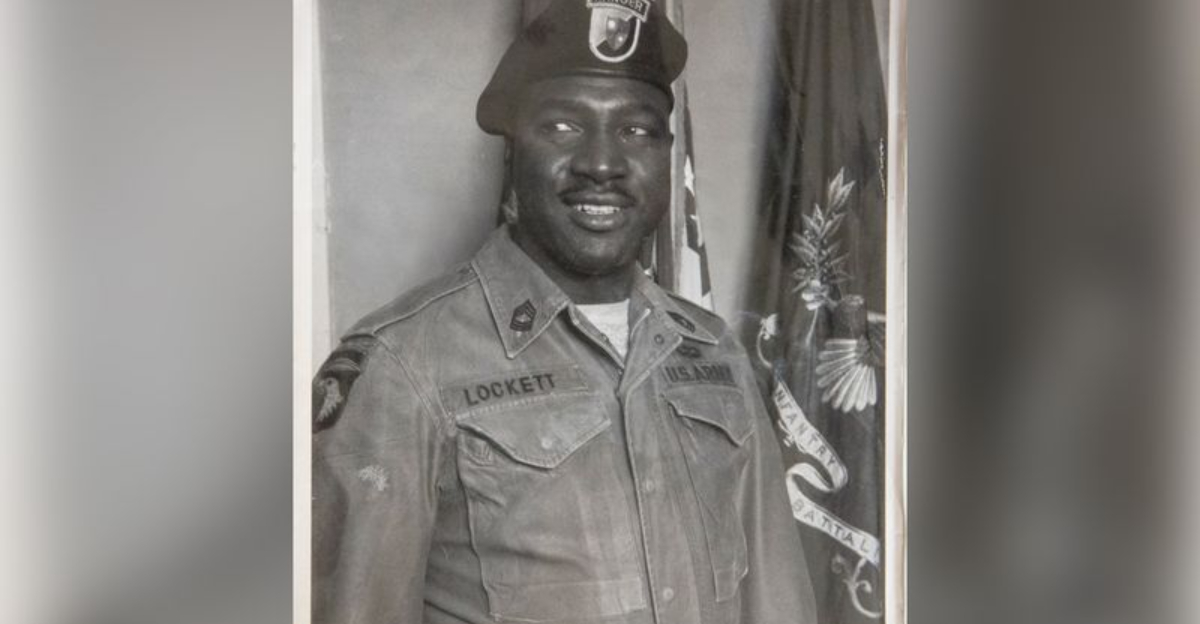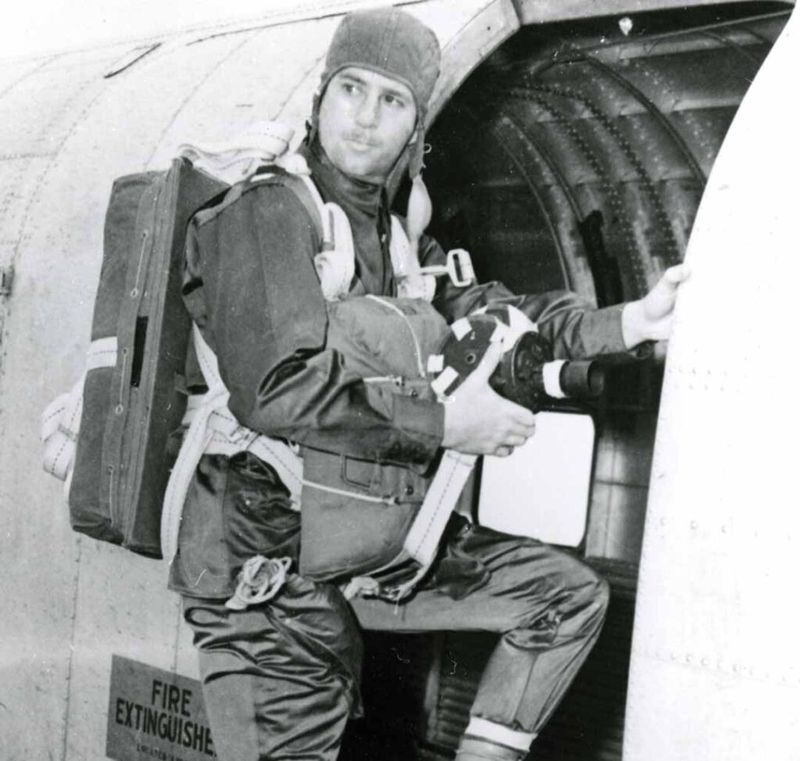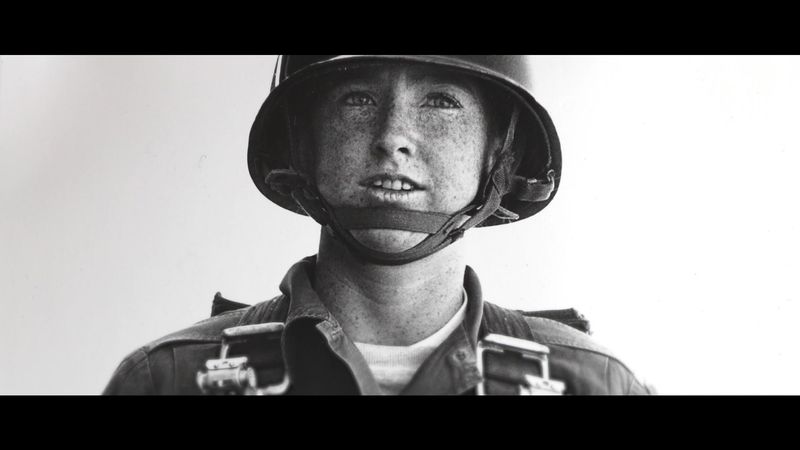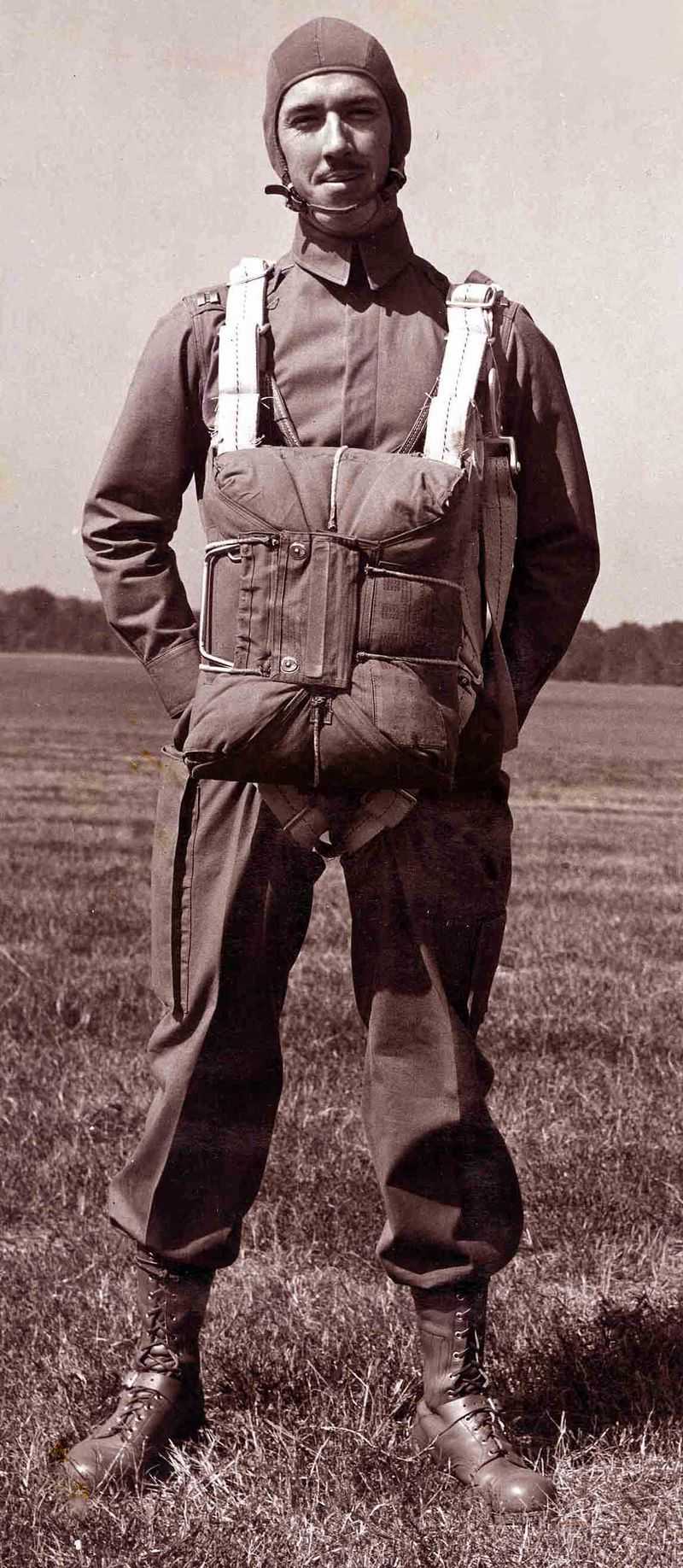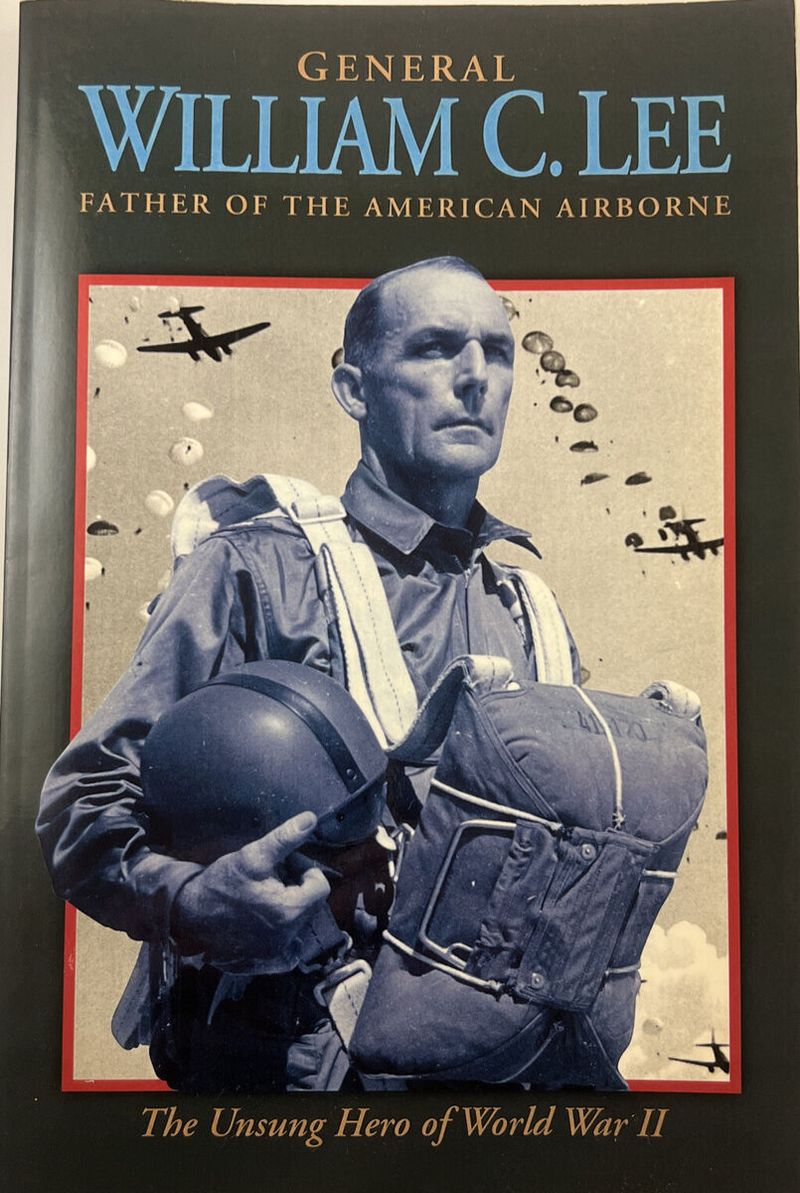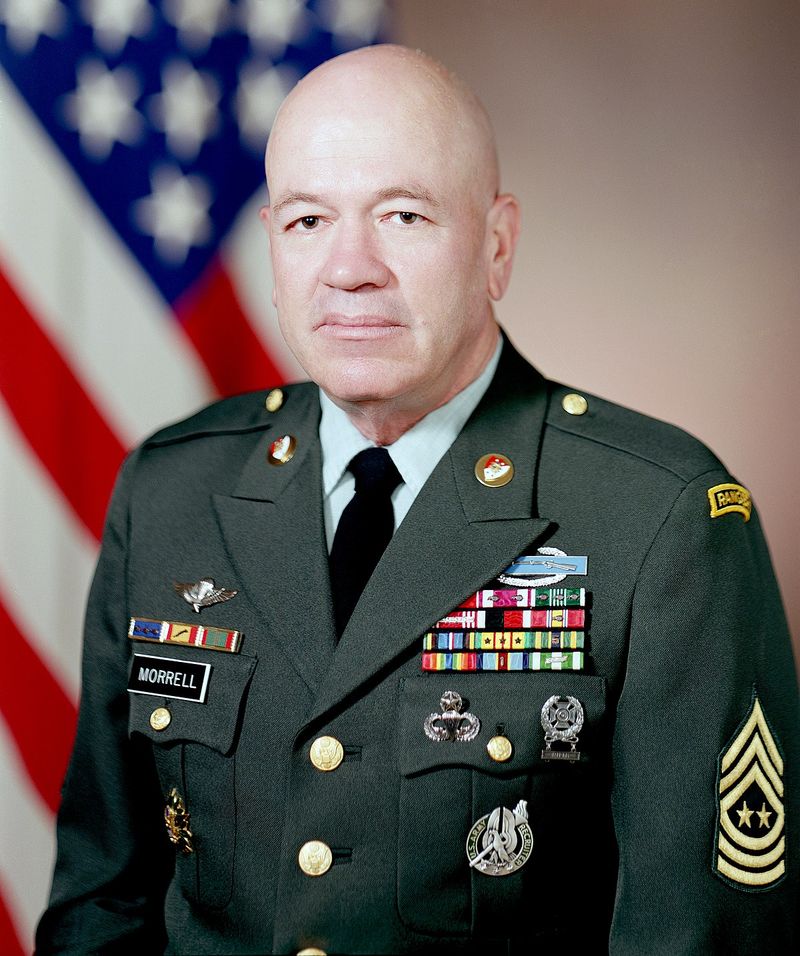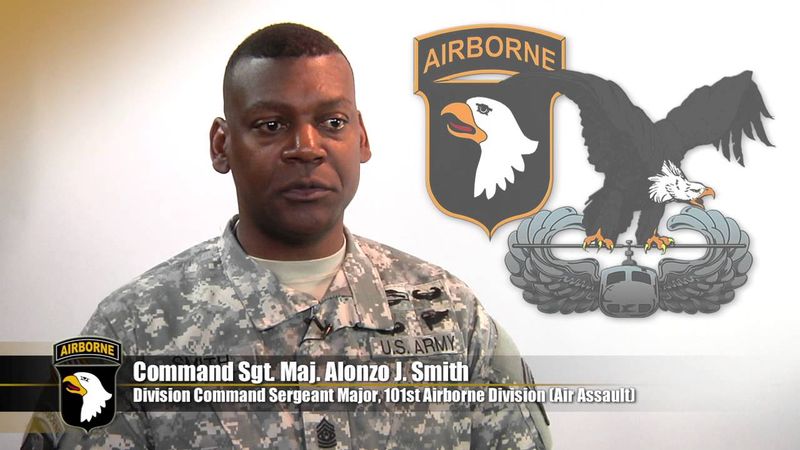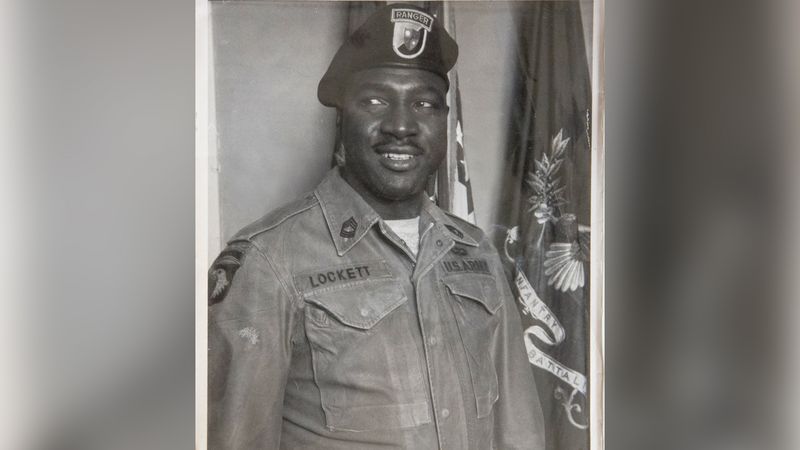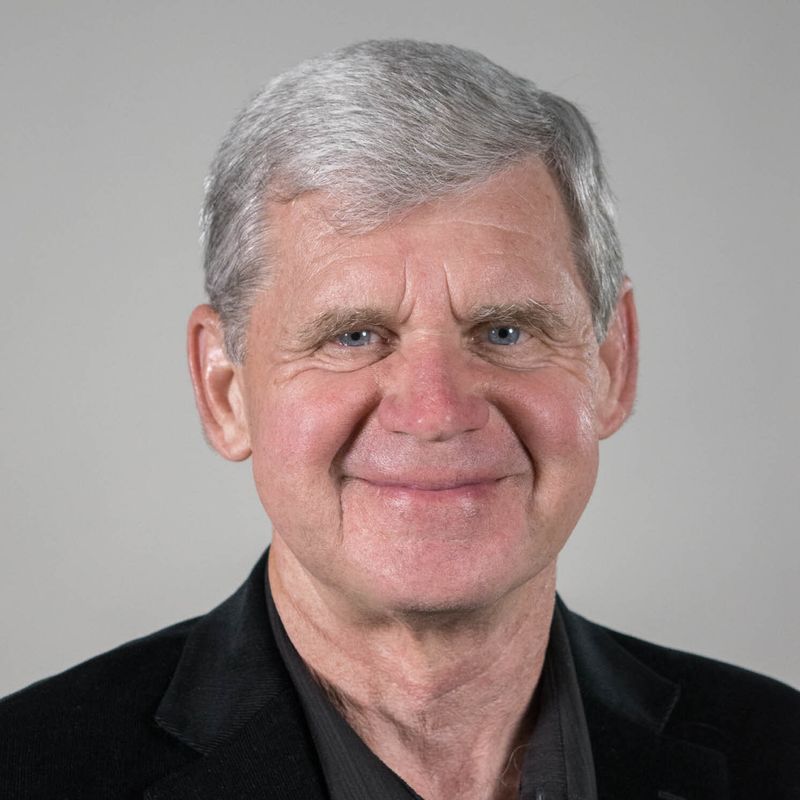The military’s airborne instructors are some of the toughest and most skilled teachers in the world. These instructors not only teach the technical skills of parachuting but also instill the discipline, courage, and leadership required to excel in airborne operations.
This blog post delves into the lives and achievements of eight remarkable airborne instructors who have left an indelible mark on the history of military training.
Each of these instructors has contributed uniquely to the development and success of airborne forces, shaping the future of military training and operations.
1. Lt. Col. William P. Yarborough
Lt. Col. William P. Yarborough stands renowned for shaping airborne training. He developed the original jump curriculum and designed the iconic parachutist badge. At Fort Benning in the 1940s, his vision launched a new era of military aviation training.
His efforts extended beyond just instruction; Yarborough’s influence crafted the very identity of airborne troops. From uniforms to training methods, his legacy is interwoven with every paratrooper’s story.
His dedication to structure and discipline paved the way for coordinated, effective airborne operations, forever marking him as a foundational figure in military history.
2. Reita Lewis-Los
Reita Lewis-Los broke barriers as the first female airborne instructor, training over 3,000 male paratroopers at Fort Benning in the 1970s. Her unprecedented role challenged gender norms and set new standards for inclusion in military training.
Her pioneering spirit and resilience inspired countless individuals, proving competence knows no gender. Lewis-Los’ teaching style was both rigorous and empathetic, fostering a new era of equality.
By demonstrating exceptional leadership, she paved the way for future generations of female instructors, reshaping the landscape of military training forever.
3. Brigadier General William T. Ryder
Brigadier General William T. Ryder, a pivotal figure in airborne history, was the first U.S. paratrooper. Leading the Parachute Test Platoon in 1940, he laid the groundwork for modern airborne protocols.
Ryder’s innovative strategies and dedication to excellence ensured the success of initial airborne operations. His legacy as a cornerstone of military instruction remains unmatched.
By implementing structured training methods, Ryder’s contributions transformed airborne units into elite forces. His impact reverberates through every airborne mission, defining the standards of courage and precision.
4. Major General William C. Lee
Major General William C. Lee, the “Father of the U.S. Airborne,” envisioned and organized the first airborne divisions, including the famed 101st Airborne. His leadership and foresight were instrumental in shaping U.S. military strategy.
Lee’s dedication to innovation and perseverance led to the establishment of vital training protocols. His influence extended beyond tactics to instill a spirit of unity and purpose among troops.
Through his efforts, airborne forces became a hallmark of military capability, forever changing the landscape of warfare and setting standard for future operations.
5. SMA Glen E. Morrell
SMA Glen E. Morrell’s tenure as an airborne instructor at Fort Benning laid the groundwork for future leaders. Later, as Sergeant Major of the Army, he exemplified the pinnacle of enlisted excellence.
Morrell’s influence in military education is profound. His teachings emphasized discipline and precision, ensuring every paratrooper was mission-ready. Under his guidance, the Airborne School became synonymous with elite training.
His legacy lives on through the countless soldiers he mentored, who carry forward his principles of integrity and leadership.
6. CSM Alonzo Smith
CSM Alonzo Smith played a crucial role in shaping modern airborne leadership as Command Sergeant Major of the Infantry School. His dedication to excellence inspired many.
Smith’s innovative approach to training emphasized strategic thinking and adaptability, preparing soldiers for the complexities of modern warfare. His leadership style fostered resilience and camaraderie, vital traits for any airborne unit.
Smith’s legacy is evident in the leaders who emerged under his mentorship, continuing his tradition of excellence.
7. Milton “Davey” Lockett Jr.
Milton “Davey” Lockett Jr., the first Black instructor at the U.S. Army Ranger School, also trained airborne-qualified soldiers. His role was pivotal in breaking racial barriers within elite military training.
Lockett’s dedication to diversity and inclusion resonated throughout his career, influencing military culture. His instruction paved the way for future minority leaders in the military, showcasing that skill and determination transcend racial divides.
Lockett’s influence continues to inspire.
8. CSM Michael T. Hall
CSM Michael T. Hall, with roots in airborne instruction, served as Command Sergeant Major for U.S. Special Operations Command. His leadership in elite training environments was exemplary.
Hall’s focus on discipline and innovation ensured his students were prepared for complex missions. His influence extended beyond training, impacting strategic operations.
His tenure in special operations set a benchmark for excellence, with lessons in leadership and resilience that endure in today’s military. Hall’s contribution to airborne and special operations is timeless.
